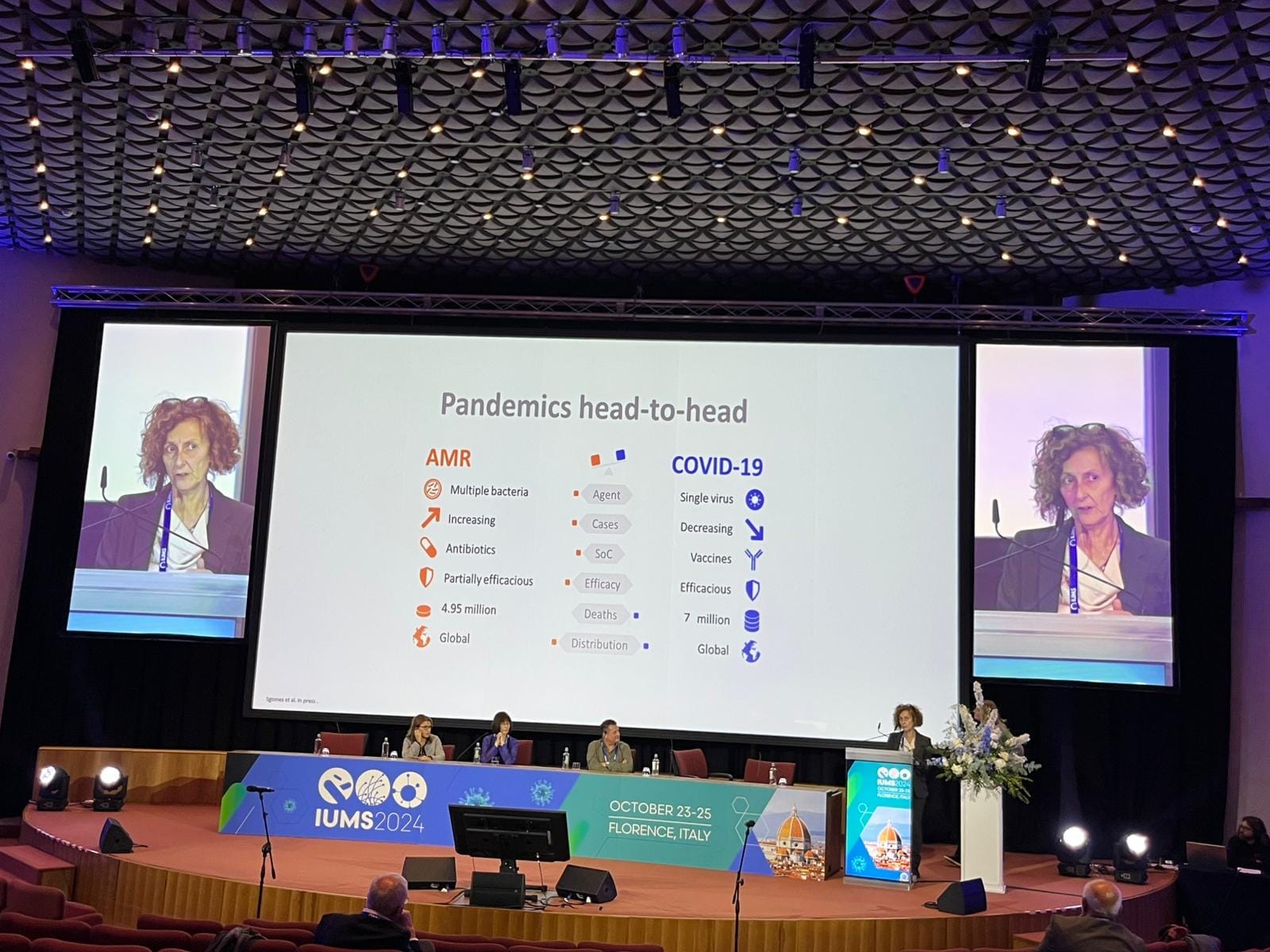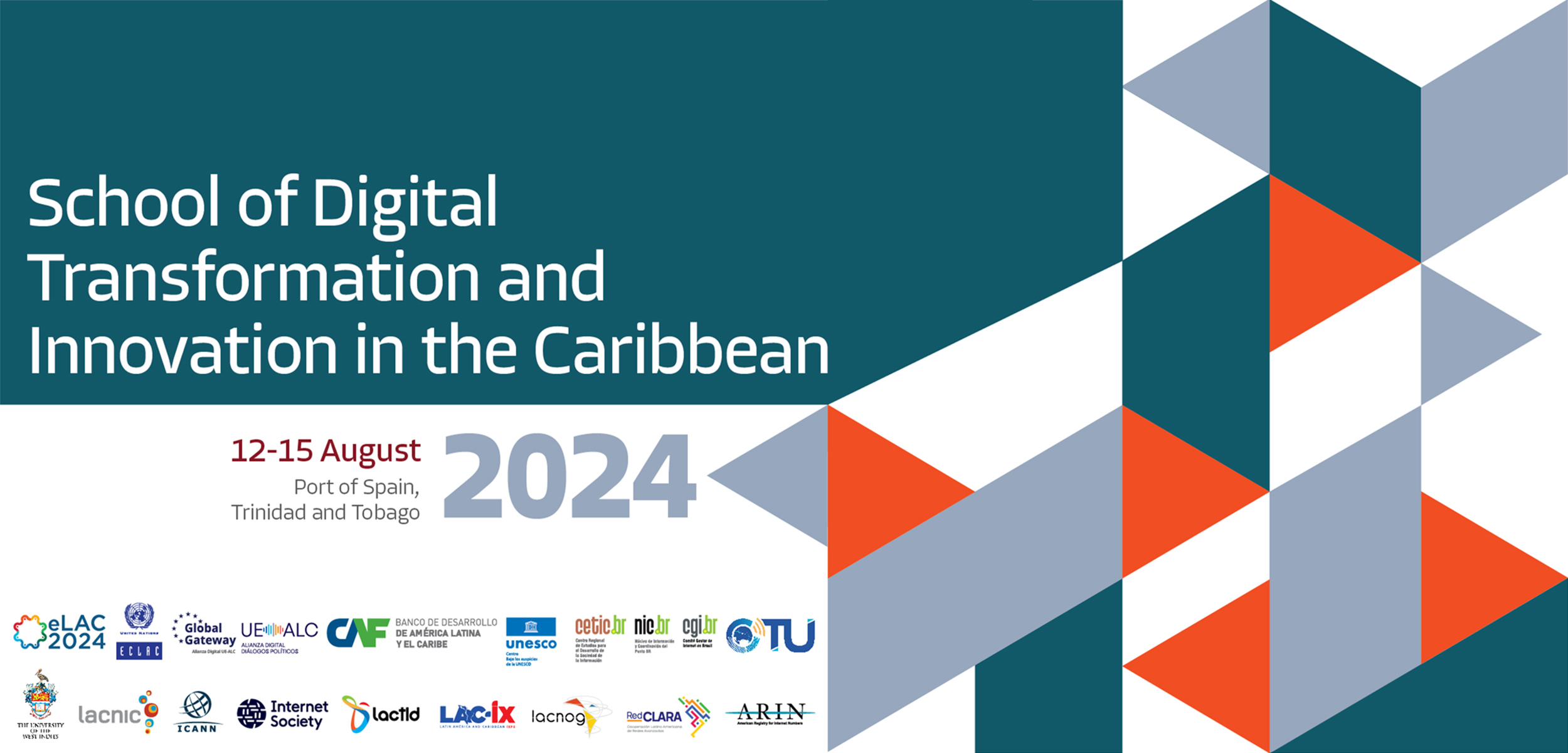Appointment of New Dean for the College of Arts, Media and Design
Executive Summary
Northeastern University has announced the appointment of Dr. R. Benjamin Knapp as the new Dean of the College of Arts, Media and Design (CAMD), effective August 22. Dr. Knapp’s extensive background in academia and industry, combined with a focus on interdisciplinary innovation, positions the college to significantly contribute to several United Nations Sustainable Development Goals (SDGs). His leadership is anticipated to enhance the university’s commitment to experiential learning and human-centered design, aligning with global targets for education, innovation, and well-being.
Profile of Dr. R. Benjamin Knapp
Professional and Academic Background
Dr. Knapp joins Northeastern from Virginia Tech, where he was the founding executive director of the Institute for Creativity, Arts and Technology for over 14 years. His career demonstrates a unique synthesis of academic leadership and industry innovation.
- Industry Leadership: Held key roles leading interdisciplinary technology teams at corporations including Apple, Sony, Microsoft, and Logitech.
- Academic Experience: Served on the faculty at Queen’s University Belfast and has consistently advocated for integrating arts across disciplines through his work with the Alliance for the Arts in Research Universities.
Key Initiatives and Research
Dr. Knapp’s work has consistently been at the forefront of technology and human experience, directly supporting advancements in multiple sectors.
- Biomuse System: Developed at Stanford University, this system translates electrical signals from the human body into musical control, exploring new interfaces between humans and technology.
- SIEMPRE Project: Led the creation of the world’s largest database of emotional responses to music, providing critical data for understanding human well-being.
- National Endowment for the Arts Research: Currently serves as a principal investigator at a research lab focused on sentiment and innovation.
- National Summit Organizer: In 2024, he organized a national summit on creativity, empathy, and artificial intelligence at the National Academy of Sciences.
Strategic Alignment with Sustainable Development Goals (SDGs)
The appointment of Dr. Knapp and the strategic direction of CAMD under his leadership are expected to make substantial contributions to the following SDGs:
SDG 4: Quality Education
Dr. Knapp’s leadership is set to reinforce Northeastern’s mission to provide inclusive and equitable quality education. His emphasis on the fusion of creative and critical thinking with technological proficiency prepares students for future challenges.
- His vision for CAMD as a human-centered college directly addresses the need for skills relevant to an age of rapid technological change and AI.
- The focus on experiential and collaborative learning models aims to define the future of higher education, ensuring graduates are equipped for lifelong learning opportunities.
SDG 9: Industry, Innovation, and Infrastructure
Dr. Knapp’s career, which bridges academia with leading technology firms, embodies the spirit of SDG 9. His work fosters innovation and builds resilient infrastructure within the educational and technological sectors.
- His research, from the Biomuse system to AI and empathy, drives technological progress and scientific research.
- By positioning the college at the intersection of technology, creativity, and design, his leadership will foster an environment of continuous innovation.
SDG 3: Good Health and Well-being
Several of Dr. Knapp’s projects directly contribute to understanding and improving human well-being.
- The SIEMPRE project’s database on emotional responses to music provides invaluable insight into mental and emotional health.
- His research into sentiment and the organization of a summit on empathy highlight a commitment to fostering well-being in a technologically advanced society.
SDG 17: Partnerships for the Goals
Dr. Knapp’s career is a testament to the power of collaboration. His work exemplifies the multi-stakeholder partnerships necessary to achieve the SDGs.
- His roles at Apple, Sony, and Microsoft demonstrate effective public-private partnerships.
- His involvement with the Alliance for the Arts in Research Universities promotes cross-disciplinary collaboration to strengthen the means of implementation for sustainable development.
1. Which SDGs are addressed or connected to the issues highlighted in the article?
SDG 4: Quality Education
- The article is centered on higher education, specifically the appointment of a new dean at Northeastern University’s College of Arts, Media and Design. It discusses the university’s mission to be a “forward-looking, experiential and collaborative community that is defining the future of higher education.”
- It highlights the importance of fostering “creative and critical thinking” and strengthening the university’s “foundation in experiential learning,” which are core components of quality education.
SDG 9: Industry, Innovation, and Infrastructure
- The article emphasizes innovation at the “intersection of technology, creativity and human-centered design.”
- It details R. Benjamin Knapp’s career, which “spans higher education and industry, with past roles leading interdisciplinary technology teams at Apple, Sony, Microsoft and Logitech.”
- Specific innovative projects are mentioned, such as the “Biomuse system, which uses electrical signals from the body to control music,” and the “SIEMPRE project, which built the world’s largest database of emotional responses to music.” His work as a “principal investigator at a National Endowment for the Arts research lab” and organizing a summit on “creativity, empathy and artificial intelligence” further underscore the focus on research and innovation.
2. What specific targets under those SDGs can be identified based on the article’s content?
SDG 4: Quality Education
-
Target 4.4: By 2030, substantially increase the number of youth and adults who have relevant skills, including technical and vocational skills, for employment, decent jobs and entrepreneurship.
- The article supports this target by emphasizing the need for skills relevant to the modern economy. It states that in an “age defined by rapid technological change and the rise of AI, the creative and critical thinking fostered here has never been more essential.” This directly addresses the development of relevant skills for future employment.
-
Target 4.7: By 2030, ensure that all learners acquire the knowledge and skills needed to promote sustainable development… and of culture’s contribution to sustainable development.
- The article aligns with this target by highlighting the role of the College of Arts, Media and Design (CAMD) in “shaping how we understand and impact the world.” Knapp’s support for “integrating the arts across academic disciplines” and his focus on human-centered design and empathy contribute to a holistic education that appreciates culture’s role in development.
SDG 9: Industry, Innovation, and Infrastructure
-
Target 9.5: Enhance scientific research, upgrade the technological capabilities of industrial sectors… encouraging innovation and substantially increasing the number of research and development workers.
- This target is directly addressed through the description of Knapp’s work. He was the “founding executive director of the Institute for Creativity, Arts and Technology” and is a “principal investigator at a National Endowment for the Arts research lab.” These roles, along with projects like Biomuse and SIEMPRE, are clear examples of enhancing scientific and artistic research and encouraging innovation.
3. Are there any indicators mentioned or implied in the article that can be used to measure progress towards the identified targets?
The article does not provide quantitative data but implies several qualitative indicators for measuring progress.
SDG 4: Quality Education
-
Indicator for Target 4.4: Curricula focused on interdisciplinary and future-oriented skills.
- The existence and mission of the “College of Arts, Media and Design” which is positioned “at the intersection of technology, creativity and human-centered design” serves as an indicator. The emphasis on “experiential learning” and fostering “creative and critical thinking” in the age of AI are metrics of an educational system adapting to future job market needs.
SDG 9: Industry, Innovation, and Infrastructure
-
Indicator for Target 9.5: The establishment and operation of research and innovation centers.
- The article mentions the “Institute for Creativity, Arts and Technology” and a “National Endowment for the Arts research lab focused on sentiment and innovation.” The existence and leadership of such institutions are direct indicators of investment and activity in research and development.
-
Indicator for Target 9.5: The development of innovative projects and technologies.
- The creation of the “Biomuse system” and the “SIEMPRE project” are specific, tangible outcomes of innovation that can be considered indicators of progress in research and technological development.
-
Indicator for Target 9.5: Fostering collaboration and knowledge-sharing on innovation.
- Organizing a “national summit on creativity, empathy and artificial intelligence at the National Academy of Sciences” is an indicator of efforts to build a community and advance the national conversation around innovation.
4. Table of SDGs, Targets, and Indicators
| SDGs | Targets | Indicators (Implied from Article) |
|---|---|---|
| SDG 4: Quality Education | Target 4.4: Increase the number of youth and adults with relevant skills for employment. | Development of curricula focused on “creative and critical thinking” for the “age of AI” within institutions like the College of Arts, Media and Design. |
| Target 4.7: Ensure learners acquire knowledge for sustainable development, including culture’s contribution. | Integration of arts across academic disciplines and a focus on “human-centered” approaches to “understand and impact the world.” | |
| SDG 9: Industry, Innovation, and Infrastructure | Target 9.5: Enhance scientific research and encourage innovation. |
|
Source: news.northeastern.edu







